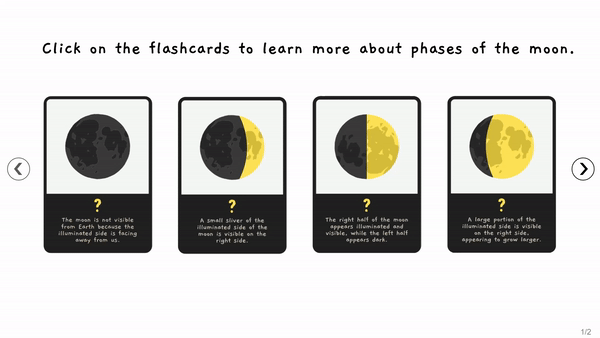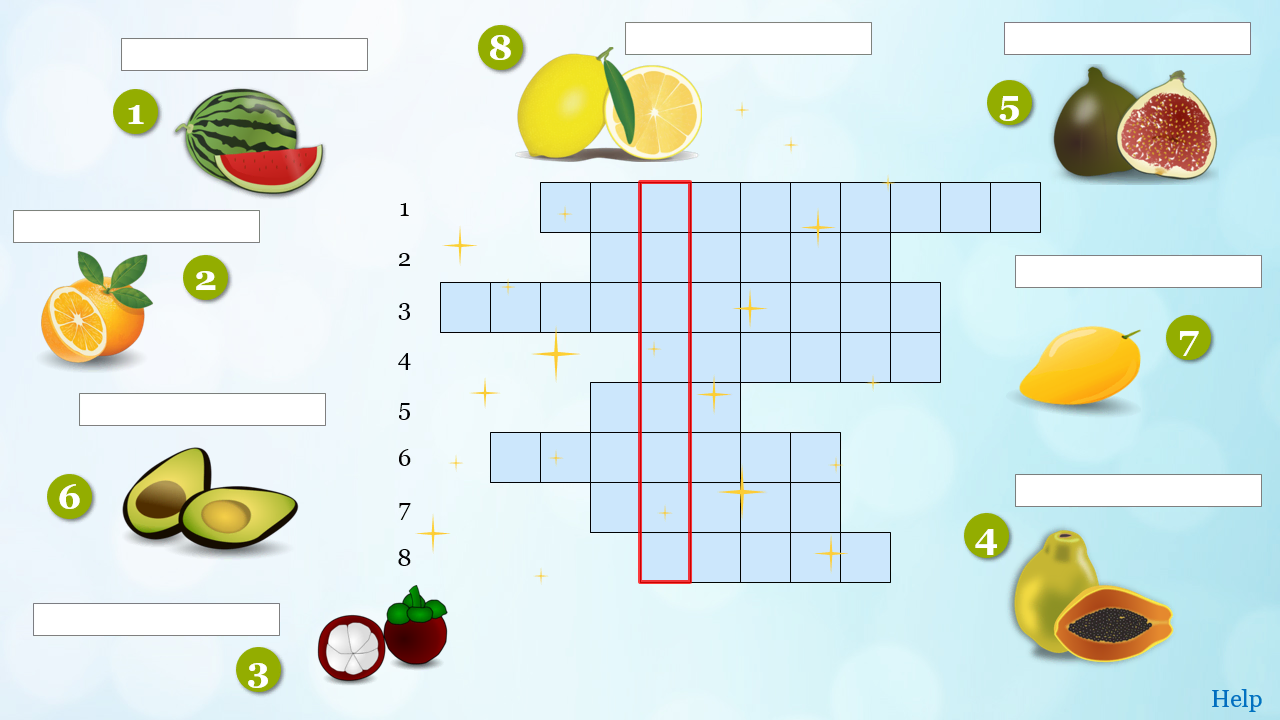We are living in a distracted world, the media, and smart devices are trying every moment to steal our time. Attention becomes a new “gold” in this day and age. How do you “steal” your audience’s attention with your presentation? Let this blog walk you through 6 remarkable ideas.
You may get goosebumps for stage fear, or you just want to complete it in a few minutes without caring much about the audience.
“As long as I finish what I am supposed to do” you hypnotize yourself with this. But deep down when your audience (maybe they are your friends, students, or even business partners, etc.,) neglect what happens on stage, and get distracted, you would mark this as “a failure and disappointment”.
When try more than 1% of each listed suggestion here, you are more than able to make an interactive presentation so that everyone is eager to engage with it.
Wear Confidence First
You will feel more confident if you are assured about your speaking content, aware of what to say, and believe in its value to your audience. So, first and foremost, you should give yourself time to prepare, not slide content finished the night before.

Then, spend time preparing and start practice rehearsing afterward. You have to act like it is happening at this moment, not just a fast walk in your mind. Because the more you practice for it, the more confidence you get for the next day. Once again, confidence comes from your preparedness, you know what you would say in an organized way & logical order.
Add Spice from the Start – Create a Good Team Intro
A good start is half the battle. If you can catch the audience from the beginning, there is a likelihood that you grab a higher chance to secure their attention till the end. Therefore, a spicy team introduction would stimulate their interest, and also reflect a good signal to keep your good performance rolling!
Here is the team introduction template you can make by PowerPoint, or with an authoring tool like we do.

Animate to Make Presentation Interactive
#1. Clickable Maps
Turning a static presentation into an interactive one will make your presentation more appealing than ever. By spending an extra 1%, you can “wow” your audience, provoking a learning atmosphere. Here is an example of clickable maps made by ActivePresenter.
#2. Flash Cards

You can even use flashcards to create a guessing game, or memory game, or turn it into an activity to recall vocabulary or single term. Here is an example, you can make it without using a single line of code.
#3. Find the Hidden Objects
Moreover, you can make the class vibrant by operating vocabulary learning with hidden object games like this example:
#4. Crosswords

Another game you can apply to recall audience’s knowledge and recall vocabulary for learning games called Crosswords. You can try playing the Crosswords game here.
Gamification with Rewards
Boring and hard-to-digest knowledge can be chopped into bite-sized learning knowledge, “cooking” it into a different format so that everyone is happy to take it. In addition, a small reward like score and game money can be added in as a “dopamine” to make this learning much more captivating.
#1. Millionaire Quiz Game
Imitate from global game shows, the higher the number, the more difficult the question. You can take advantage of the slide pools to perform. Divide 15 questions into 3 big pools. Rewards are arranged ascending after each correct answer. Here is the look and feel of this game, feel free to give it a try.
#2. Way Back Home for an Interactive Presentation
This game illustrates how a kitten lost her way home. By answering each question correctly, she will be one step closer to her home. Can you help her? Visit Way Back Home to start playing.

Ask the Audience a Small Quiz
Quiz can come in different forms. By asking the audience a small question, they are forced to twist their brains to figure out the answer. Not one person, but the whole audience will work, discuss, and (maybe) debate together.
By placing a quiz, they will have to dig deeper into the problem. This could create a sweet smooth and trigger enthusiasm in them to begin your presentation.
Here are quiz examples I used to have a chance to immerse myself in unconsciously, share them with you in this blog.
#1. Make Presentation Interactive with a Quick Question for IQ Test
(insert bài 9 dots – think out of box, the answer will be reveal at this end of this blog)
Can you connect all 9 dots in one single line, without lifting your pen?

You can pause here for a few minutes to brainstorm. The answer is revealed at the end of this blog. Stay tuned!
#2. Make Presentation Interactive with Quick Poll or Survey
Creating a poll or survey is one of the ways to get the audience involved in your presentation while acknowledging them about the topic you are about to present.
Examples could be like:
“Raise your hand if you have experience…”
“How many of you here have gone through…”
“Give a thumbs up if you…”

#3. Ask a Conflicting Question
Asking a question related to the topic that is likely to stir up different opinions is also a good way to warm up the environment. But as a presenter, you need to control the harmony of the discussion, not let it overburn, interrupt when necessary, and accommodate conflicting ideas when in need. This way can makes your presentation more interactive.
Therefore, it is advisable to choose a question that does not go out of your ability to answer and control it. Besides, avoid choosing the question unrelatable to your topic, or unfamiliar to your audience. “Just enough” is the key phrase here.
Examples to start with:
“After graduation, would you choose a career based on passion or salary?”
“When faced with a financial setback, do you prefer to cut down on expenses or find additional sources of income?”
Storytelling
Let’s snap back to the time you are in any class. Have you ever slept in class because the lessons were boring, and woke up halfway and listened to your teacher eagerly just because she started telling stories about her life, jobs, and experience?
You can forget all the things your teachers teach, but hardly forget what stories she used to tell. Stories last longer in people’s minds.
McKee, the well-known and most respected screenwriting lecturer whose students produced big hits like Forrest Gump, Toy Story, etc., shared with Harvard Business Review (HBR) about Storytelling that moves people – “not merely as an intellectual exercise, but within a very personal, emotional experience”.
Therefore, you can try to warm up the environment by mentioning a story (related to the topic), riding the audience’s mood to the climax, creating story twists, and appealing to them with your sense of humor.
By doing so, you could create a smooth transition into the main part. But on top of that, make sure your story hits directly to the audience’s interest.
We suggest 3 formulas to build up an effective story:
#1. Before – After – Bridge
You start by painting a picture in the audience’s mind about the story context and put forward the problem. Make sure this context holds them interested.
After that, bring to the table the outlook after solving that problem. This includes but is not limited to tactics, solutions, etc., At this stage, the audience will fall into the sweet spot. They would be curious about the “How”, and you satisfy their needs by guiding them into your presentation to reveal the answer.
Youtubers, Tiktokers, etc., and content creators are applying this formula to hook audience attention, can you realize this?
“Here are 5 life lessons that help me grow from a low-pay employee to a millionaire by the age of 25”. You are urged to click on the link to find out how the “bridge” is built.
#2. Problem – Agitate – Solution
Problems are available everywhere, from your mind to the outer world, from invisible to visible things. It is a matter of which problem you bring to the table. Then, you would emphasize the importance of the problem, and explain why people should pay attention to it. Make it serious. Make it important.
At this stage, you already raised people’s interest in acknowledging the problems. They are hungry for your solution. Now your presentation looks more interactive than ever.
Here is a good example to have:
“I never thought personal finance was important until I lost $100M in 3 months. Here are 5 lessons to avoid”.
#3. The Hero’s Journey
Everyone has stories to tell. The story paints out a hero. The hero’s journey presents a universal model with a protagonist who sets out on an adventure, encounters difficulties, experiences significant transformations, and eventually returns home with a wealth of discovered knowledge.
In every country folks and old stories, or even in modern movies, you can find the heroes are mostly built up in this way. Leverage from this, you can take this formula to start your presentation.
You could take out a character, or name for him/her in your speech. Let your character(s) go along with your presentation, and meet several real-world difficulties with your solutions.
At the end of the presentation, you can satisfy your audience by showing a better version of your character. Your character grows up by constantly solving arising issues, and your audience grows by learning and watching from your imaginary character. By doing so, knowledge and stories last longer in the audience’s mind.

Final Words

By utilizing all the suggestions above, you can answer the question of how to make a presentation interactive. With these revealed tips, you are more than prepared to start any speech so that everybody wants to listen.
Answer to 9 dots quizzes:
Think out of “the box”

Recent Posts:


